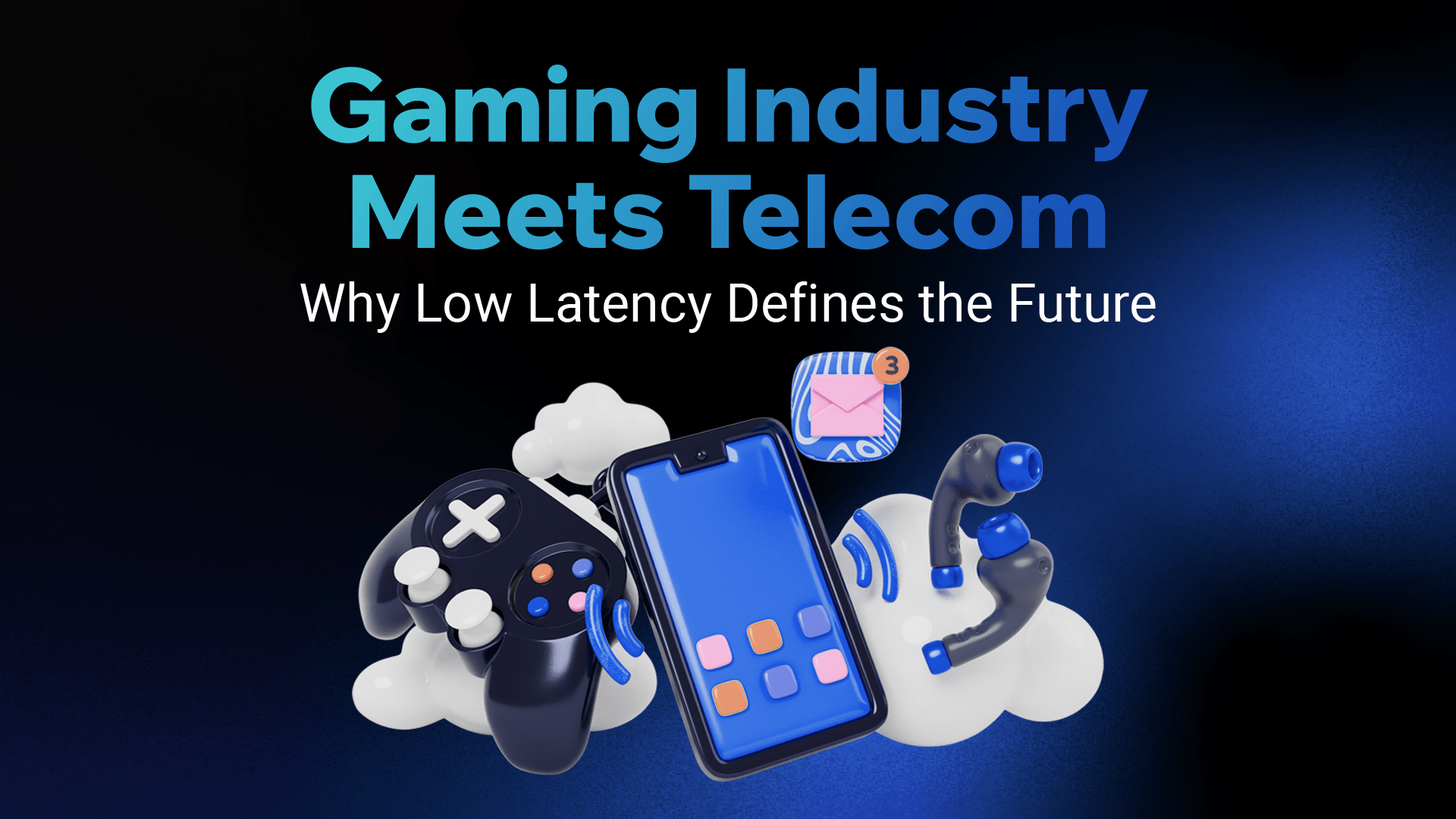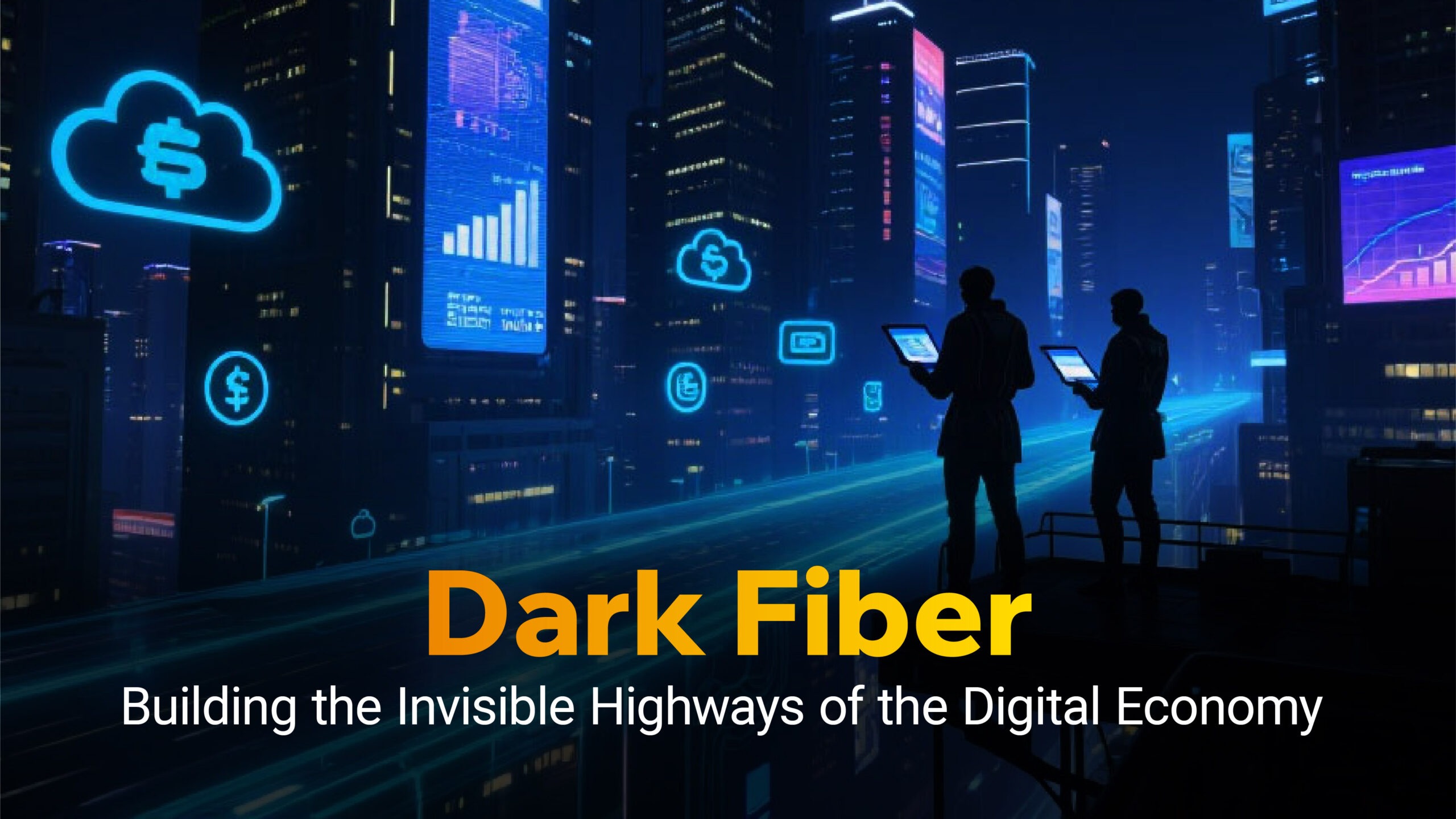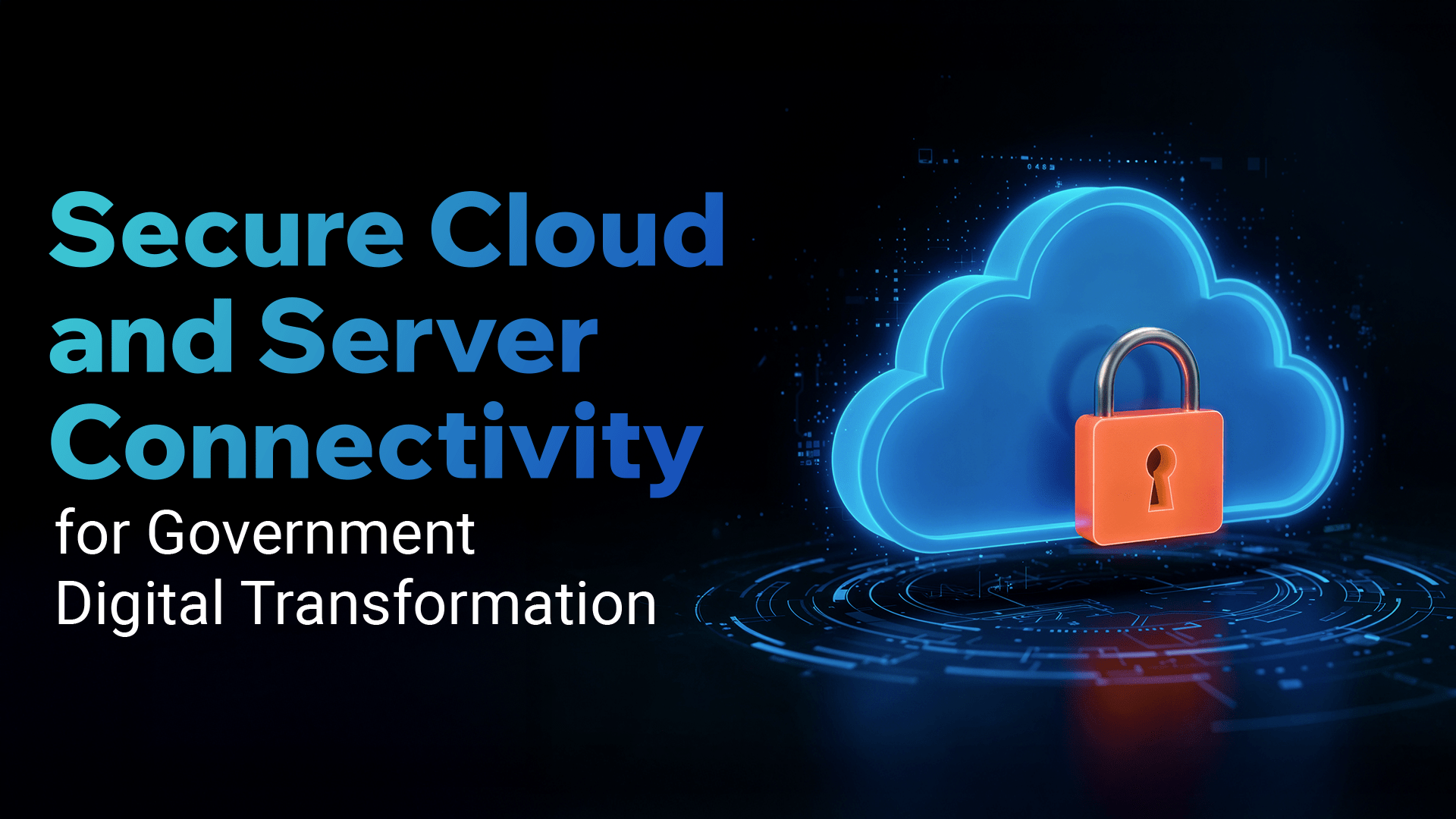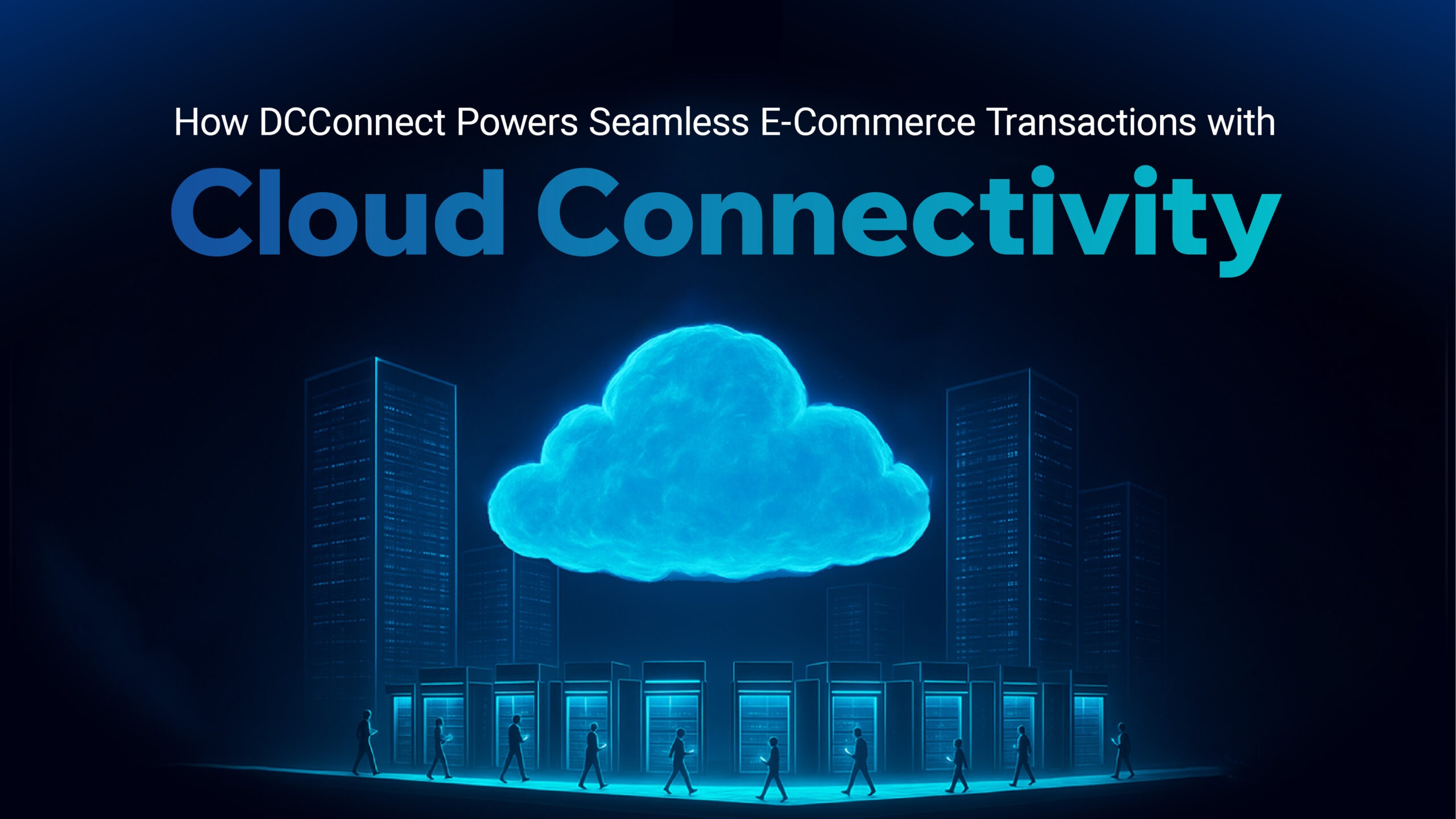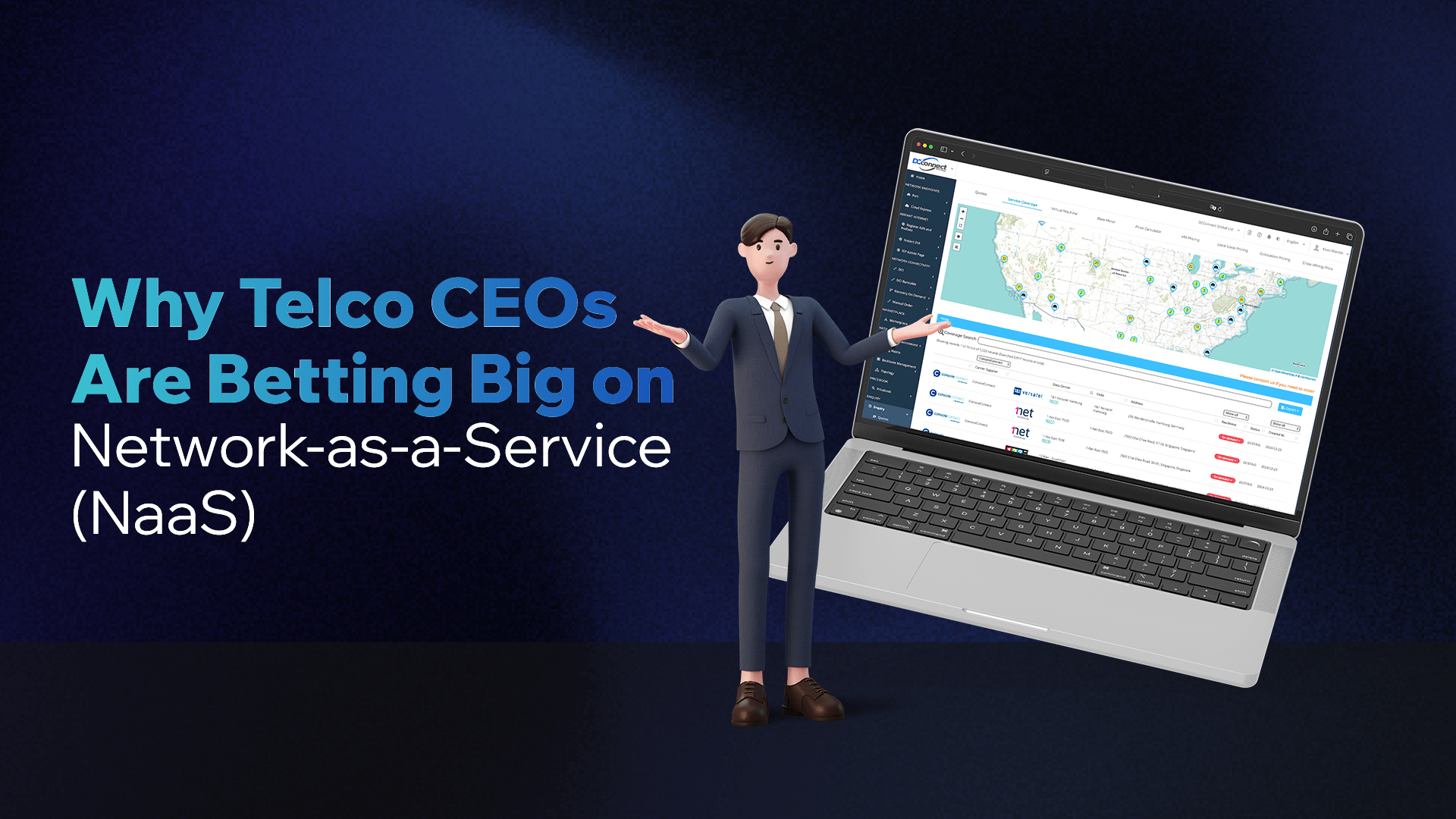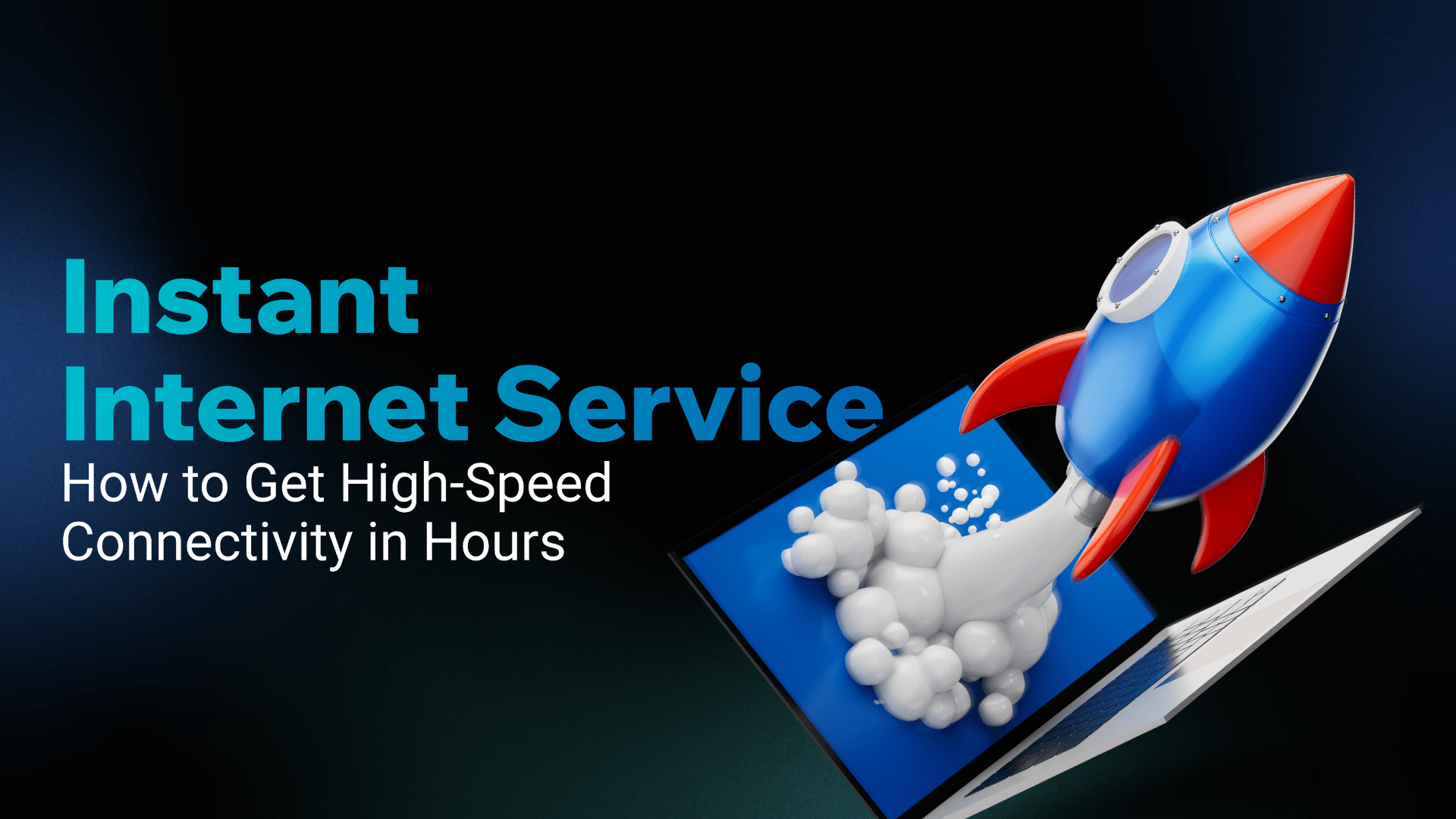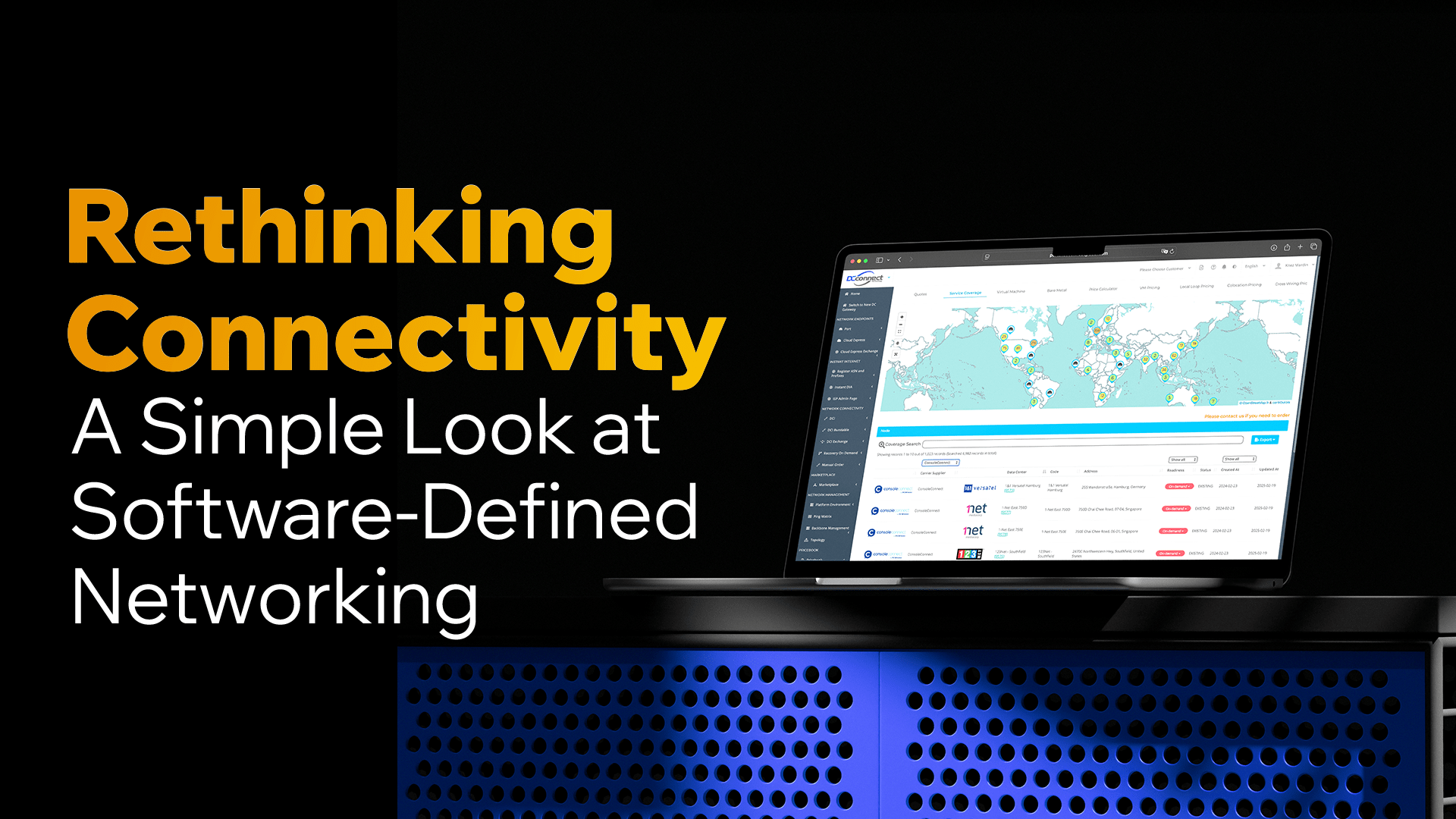
Rethinking Connectivity A Simple Look at Software-Defined Networking
Networks are no longer just cables, switches, and routers humming quietly in the background. They are the invisible highways carrying everything from your video calls to mission-critical business applications. Traditionally, these networks have been managed manually, device by device—a slow and rigid process. This is where Software-Defined Networking (SDN) steps in, bringing agility and intelligence to what was once a static system. At its core, SDN separates the “brains” of the network from the “muscle.” Instead of having every switch or router make its own decisions, SDN creates a centralized controller that oversees the entire network. This allows companies to configure, optimize, and scale their infrastructure with just a few clicks or automated policies. It’s like moving from hand-cranking a machine to operating it through a smart dashboard. For telecom operators, the benefits are game-changing. SDN means faster rollout of services, because instead of waiting weeks to reconfigure hardware, new connections can be activated instantly in software. It also brings flexibility—operators can adapt to sudden surges in traffic, launch innovative services, and reduce operating costs. In a market where customer expectations are higher than ever, SDN gives telcos the agility to stay ahead. But SDN isn’t just about efficiency; it’s about creating possibilities. Imagine enabling customers to connect across continents as easily as plugging into a local network, or giving enterprises on-demand bandwidth when they need it most. With this kind of control, telcos can transform from utility providers into digital enablers, fueling innovation across industries. This is the vision behind DCConnect’s DC Gateway SDN platform. Built to empower carriers, enterprises, and data center operators, it turns the promise of SDN into reality. Through DC Gateway, partners can access a seamless ecosystem of connectivity—simplified, automated, and ready to scale globally. Instead of being slowed down by complexity, businesses can focus on what truly matters: delivering value to their customers. As networks continue to evolve, one thing is clear: the future is software-defined. And with platforms like DC Gateway leading the way, the digital highways of tomorrow will be faster, smarter, and far more human in the way they connect us all.



